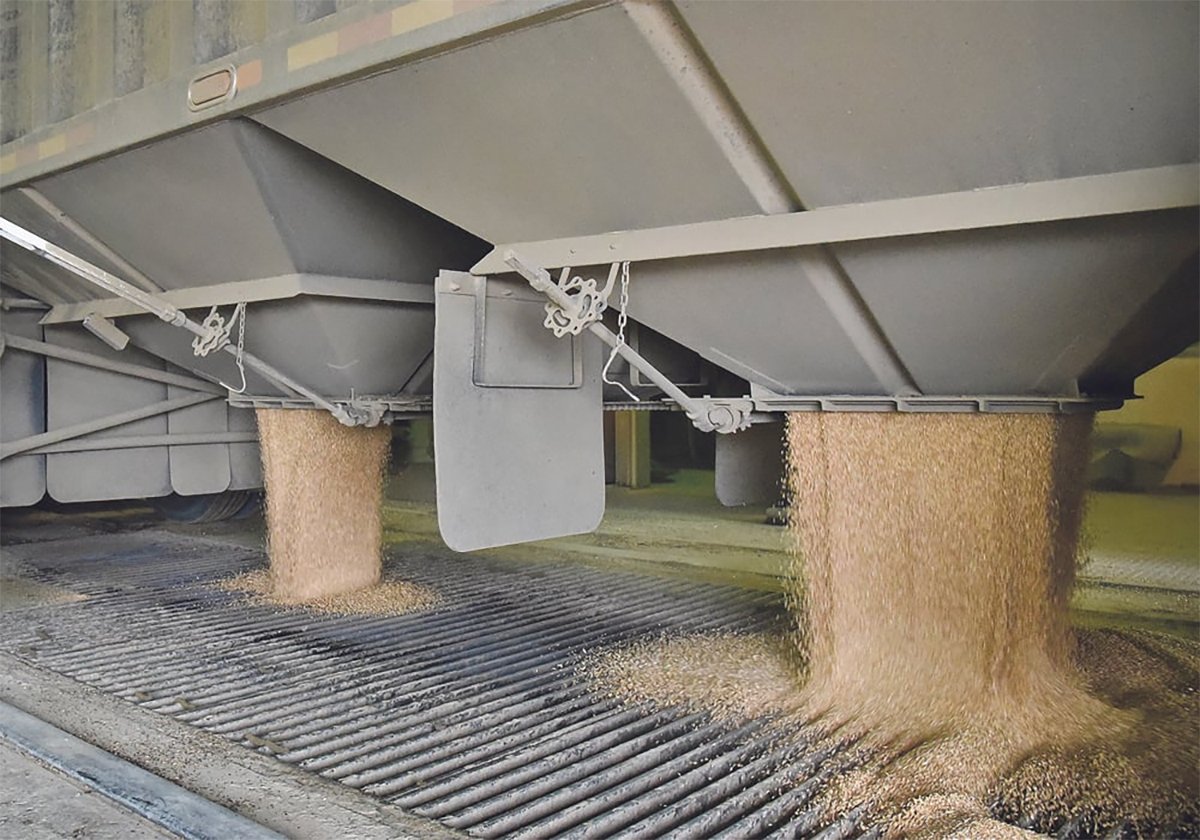Anyone groggy after last night’s entertainment of comedy and multiple refreshments got a jarring wakeup at this morning’s GrainWorld breakfast session:
Most commodity prices are in bubble territory.
That message was delivered by Peter Hall, the chief economist of Export Development Canada – a man who actually spotted the bubble in 2008 July and appeared in our newspaper saying so. That makes him a rare thing: an accurate economic forecaster. He didn’t foresee the size of the slump coming, but said everything looked dangerously overvalued at the time.
Read Also

Worrisome drop in grain prices
Prices had been softening for most of the previous month, but heading into the Labour Day long weekend, the price drops were startling.
Now he’s saying that the signs of peppiness in commodities like the metals and energy are showing marked bubble characteristics and could be set for a bursting. This, however, would not this time necessarily be part of a worldwide economic meltdown. In fact, it could be part of the cure for the world economy. That’s because high commodity prices are holding back the manufacturing industry, which is the source of many of the world’s better paying jobs. Lower commodity prices would help those industries rise from the semi-dead.
The problem is, Hall said when I asked him about this, is that bubbles tend to burst rather than shrink. If there’s a big, wet bursting of the commodity bubble of today, it may panic people and drive them back into their caves and send the economy down again in the second dip of that W economic formation we’re hoping to avoid.
He told me bubble shrinks almost never happen.
However, if we see metal and energy commodities come down in price, and that stimulates economic growth, then the medium and long term outlooks for the ag commodities are good, he said. People around the world are piling into the middle class and the first thing the nouveau riche do is eat better.
So if we can survive the ending of what Hall thinks is the present bubble, things should be good for us. The problem is, how do you do that . . .















